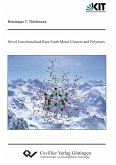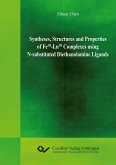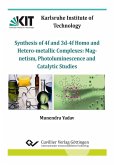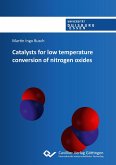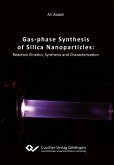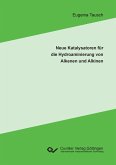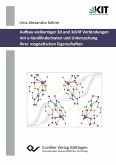The world¿s continuously increasing demand for energy, as well as the need to find an environmentally benign alternative to fossil fuels, have motivated the search for a sustainable energy supply. In this respect, dihydrogen is seen among the most promising energy carriers of the future. First steps towards implementing a so-called ¿hydrogen economy¿ have already been made, but problems associated with the efficient production, storage and activation of dihydrogen still persist. Fortunately, nature provides valuable inspiration for the development of novel catalysts which could tackle the existing scientific and technical challenges. This work draws on parallels between a class of naturally occurring dihydrogen activating and producing enzymes called hydrogenases, and the relatively new concept of chemical bond activation by so-called frustrated Lewis pairs. Using this bioinspired approach, a simplified model system capable of heterolytic H2 splitting akin to the H2 splitting occurring in the [Fe] hydrogenase enzyme could be synthesized and analyzed in detail. The results described in this work therefore contribute to a better understanding of the natural enzymes and provide future directions for the development of novel dihydrogen activation and production catalysts.
Hinweis: Dieser Artikel kann nur an eine deutsche Lieferadresse ausgeliefert werden.
Hinweis: Dieser Artikel kann nur an eine deutsche Lieferadresse ausgeliefert werden.

![Mimicking the [Fe] Hydrogenase Active Site. Transition Metal Frustrated Lewis Pairs for the Heterolytic Cleavage of Dihydrogen - Kalz, Kai Mimicking the [Fe] Hydrogenase Active Site. Transition Metal Frustrated Lewis Pairs for the Heterolytic Cleavage of Dihydrogen - Kalz, Kai](https://bilder.buecher.de/produkte/42/42004/42004146n.jpg)
